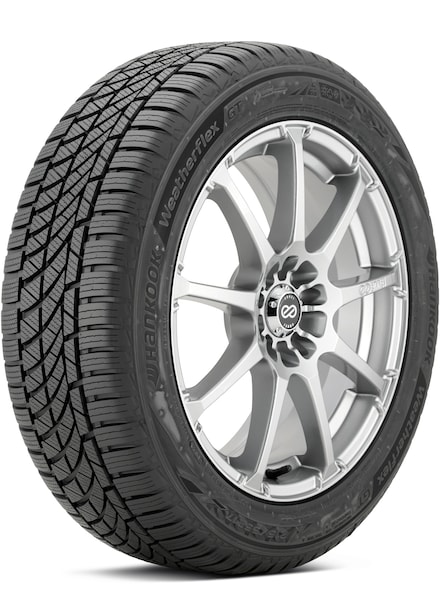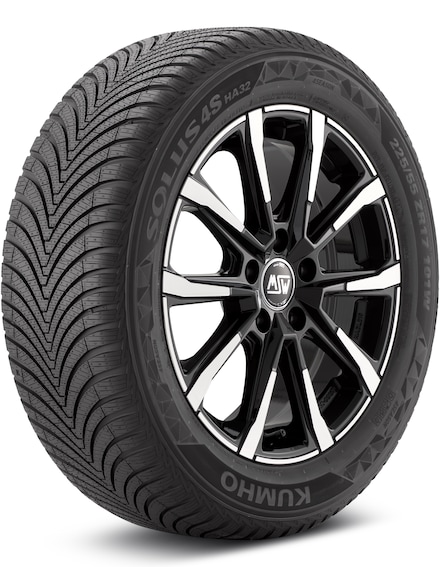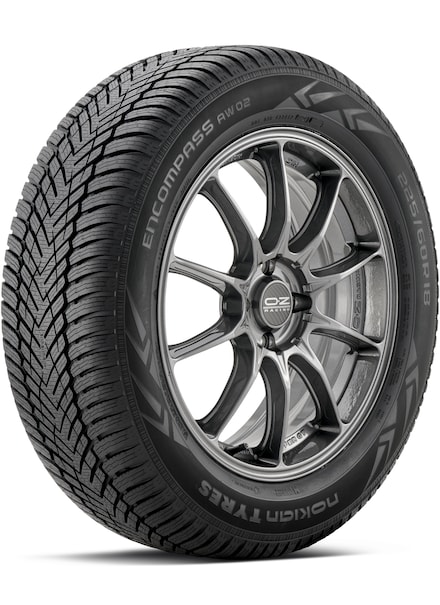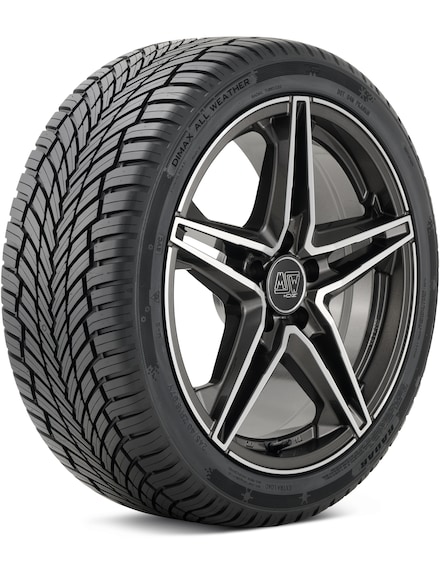Introduction
Touring tires are about as inevitable as death and taxes - either you're driving on them now, you've got them on your daily commuter, or someone you know who isn't quite as passionate about vehicle dynamics as you are has them installed. You either know the type, or you are the type. "I don't need to go fast. I just want them to last for a long time. I just want to be comfortable." Safe, secure, dependable travelers that are designed to function year-round with little fuss. Just get in and drive.
The funny thing about tires, just like other things in life, is that the more effortless something appears to be, the more work that went into making it seem that way. For a tire to be comfortable, long-lasting, capable of handling emergency maneuvers in the dry, the wet, and the winter, and yet not be too noisy, or give up too much in any one area takes an innumerable amount of small tweaks.
The collection of tires we've gathered here today are not the top-end premium options, but just like their overarching category of Grand Touring All-Season (GTAS), they're the everyday champions that keep you safe, your mom, your friends, your barista, the guy next to you on the highway who probably should stop texting at 83mph. You should slow down, by the way. They are names you know, and maybe some you don't, some are traditional all-season tires, and some are three-peak mountain snowflake branded all weather tires. A few we've tested previously on older platforms, and some are brand new, just hitting the market now. It's a good mix.
We'll introduce each, break down our experiences with them on our real-world road ride, then discuss their traction and subjective behavior on both a wet and dry track to understand how these tires act when pushed to their limits, mimicking the kind of high-speed emergency maneuvers you might need to deal with in a sudden crisis.
In addition to the limit-pushing data and experience we gather from running laps, this test will reference our "Emergency Lane Change" (ELC) maneuver. On the dry track surface, from a target speed of 45 miles per hour, our drivers will pass through 3 sets of cones to illustrate how the tires handle the kind of sudden, reactive swerves a person actually makes in an emergency situation. The 1st set indicates the point a person would react to an obstacle (such as a stopped car or pedestrian) leaving the "lane." The 2nd set is the target placement to avoid the obstacle, indicating the lane change has succeeded. The 3rd set of cones represents the successful target for returning to the "lane." Afterward, we complete a dry lap to get a feel for their behavior, similar to our wet driving, just without a timed component.
























